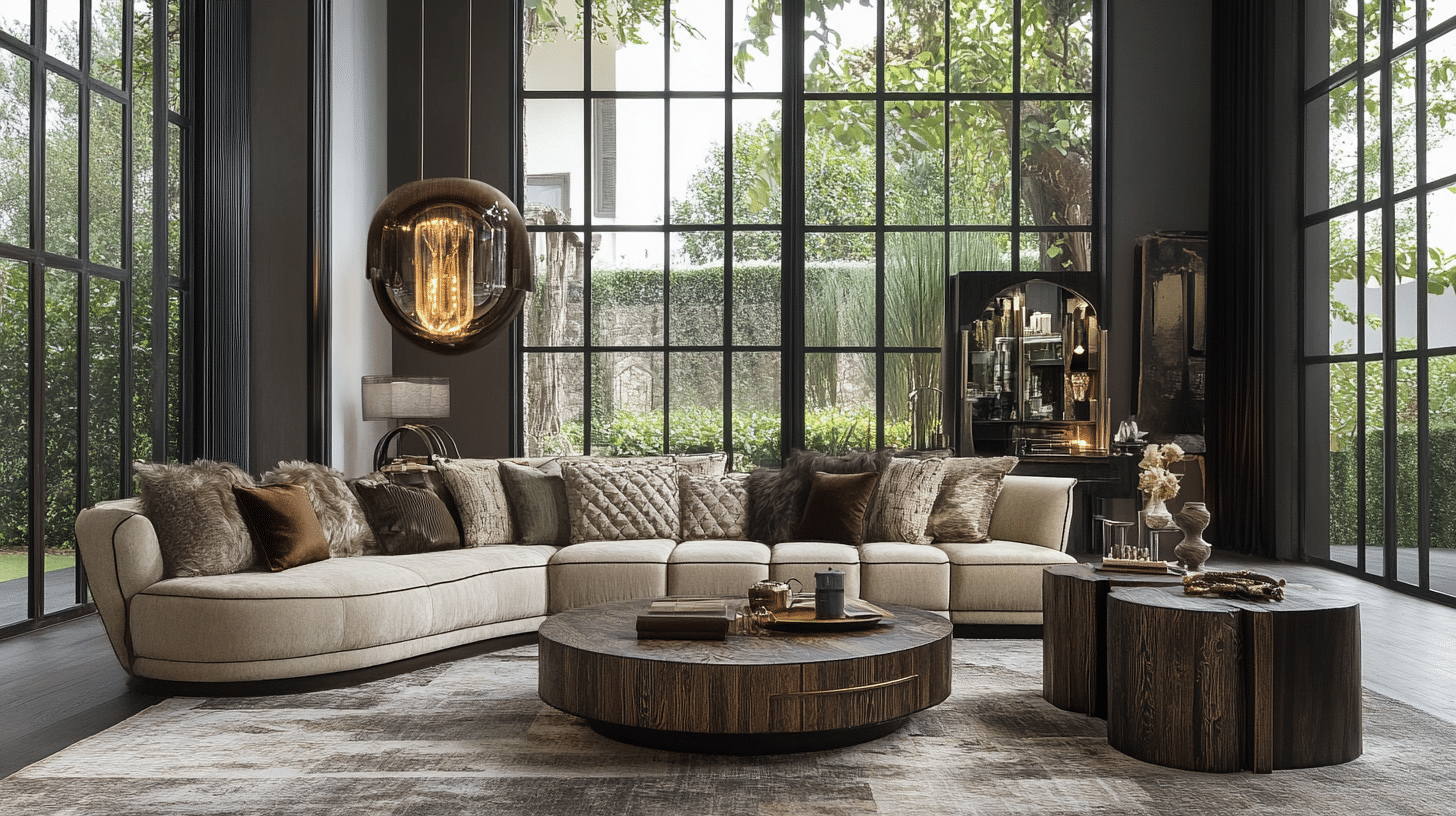Finding your perfect entertainment partner on Hellspin Casino Online is like creating stunning decor. It’s a true art form. Mixing different textures in home décor—like fabrics, wood, and metal—creates a stunning, luxurious feel. This enhances your living space, just as variety and balance make games more exciting. A simple area may be made stylish, smart, and welcoming by carefully layering these components.
The secret to successfully blending textures rests in understanding how different materials interact visually and tactilely. Fabrics, wood, and metals each have their own special features. When used together, they complement each other well. The first step to a luxurious look is to create a balanced color scheme. This scheme should blend textures without overwhelming the senses.
Start with your materials because they usually establish the mood for the coziness and style of a space. Select two or three complementary textiles with subtle texture differences. For instance, cover clean linen bedding with a soft wool throw blanket or a velvet sofa with silky cushions. Subtle contrast matters. Choose fabrics that complement each other, not ones that stand out. For subtle elegance, pick soft or neutral colors. For depth and drama, use richer shades. Start by using fabrics to add coziness and warmth to the room. They also create a base for stronger materials like metal and wood.
Wood feels warm and comforting. Once you choose your fabrics, add wood pieces for a touch of natural warmth and style. To keep your layering intentional, choose a dominant wood tone as your anchor, then include secondary wood elements sparingly. For example, a sleek walnut coffee table can contrast beautifully with a rustic oak floor, creating depth and visual interest. Wood adds balance to soft fabric textures. This stops the space from feeling too delicate or flat.
Carefully adding metallic finishes is the last step in texture layering. Shine, reflection, and a feeling of elegance are qualities that metals offer that are not possible with just wood or cloth. But moderation is essential—excessive metal can easily turn from elegant to ostentatious. To highlight key features like lighting fixtures and hardware, pick one main metal finish. This could be polished chrome, matte black, or brushed brass. Then, use a secondary metal sparingly. Mixing metals, like matte black furniture legs and brass accents on lights, adds visual interest. This combination gives your design a modern and stylish feel.
When combining these three different textures, balance is essential. A well-layered interior uses materials wisely. This lets the eye move freely through the space without feeling overwhelmed. Think carefully about scale and proportion. If you have a big, textured fabric piece, like a velvet sofa, balance it with large wooden furniture. A bold dining table or shelving unit works well. You can also add subtle metallic touches, such as nice hardware or eye-catching lights.
In the end, the goal of layering textures is to simultaneously create harmony and contrast. A beautiful interior is carefully designed by careful selection and perfect texture layering, rather than relying only on pricey materials. Use warm woods, sleek metals, and soft textiles to create a space that feels inviting and stylish. Similar to the meticulous process of selecting your dream online entertainment venue, careful texture layering transforms your home’s décor into a sophisticated, captivating experience.

